Feminist art: a graphic history
A new graphic novel, The Women Who Changed Art Forever, by Valentina Grande and Eva Rosetti, tells the story of feminist art through four pioneers: Judy Chicago, Faith Ringgold, Ana Mendieta and the Guerrilla Girls
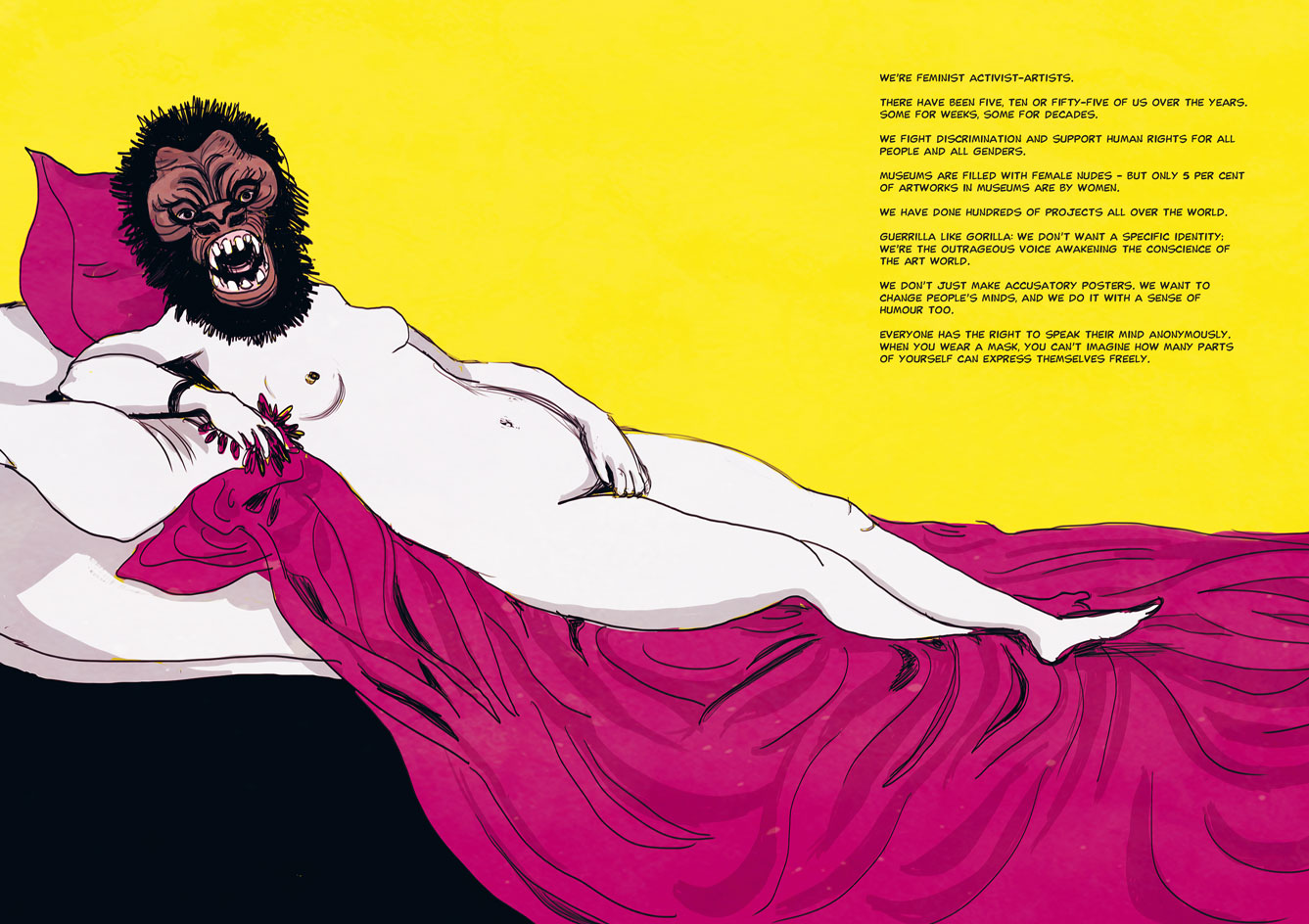
In 1971, American feminist art historian Linda Nochlin asked, ‘Why Have There Been No Great Women Artists’? The issue, she wrote in her essay, ‘lies not in our stars, our hormones, our menstrual cycles, or our empty internal spaces, but in our institutions and our education’. There had been great women artists, they had just been denied the opportunity of greatness.
A new graphic art book, The Women Who Changed Art Forever, tells the story of four trailblazers of feminist art: Judy Chicago, Faith Ringgold, Ana Mendieta and the Guerrilla Girls.
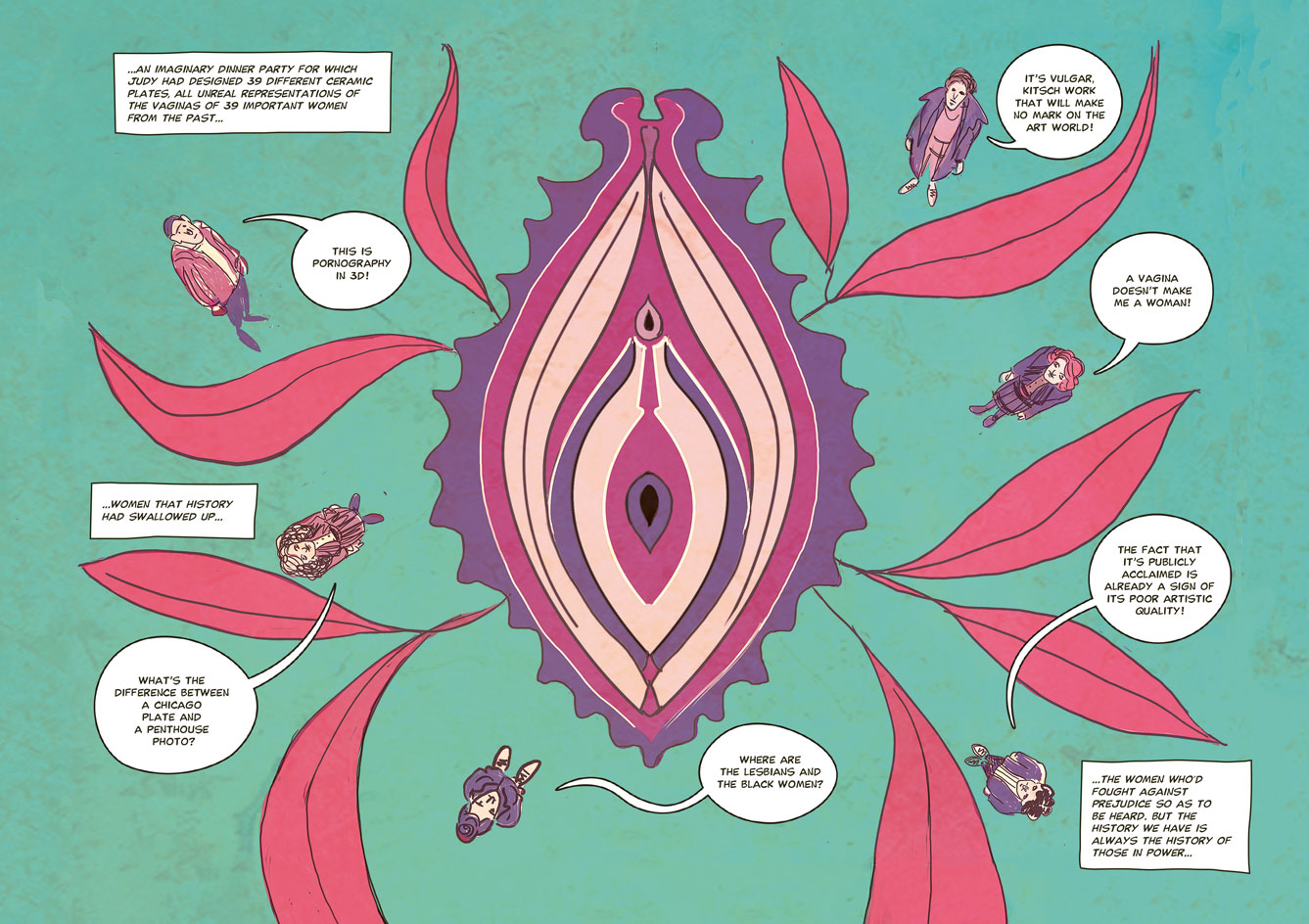
Beyond style, era or approach, feminist art was defined by a set of values, those which criticised sexist and racist institutions, strove for equality, and championed a revolution in the perception of women’s creativity.
Though it didn’t gain momentum until the mid-20th century, feminist art has its roots in the late 1900s and 1920s when women were offered the right to vote in the UK and America. As liberation began sweeping across the world, the first wave of feminist art was born. Women began asserting their position behind the canvas, instead of posing as objects of pleasure in front of it.
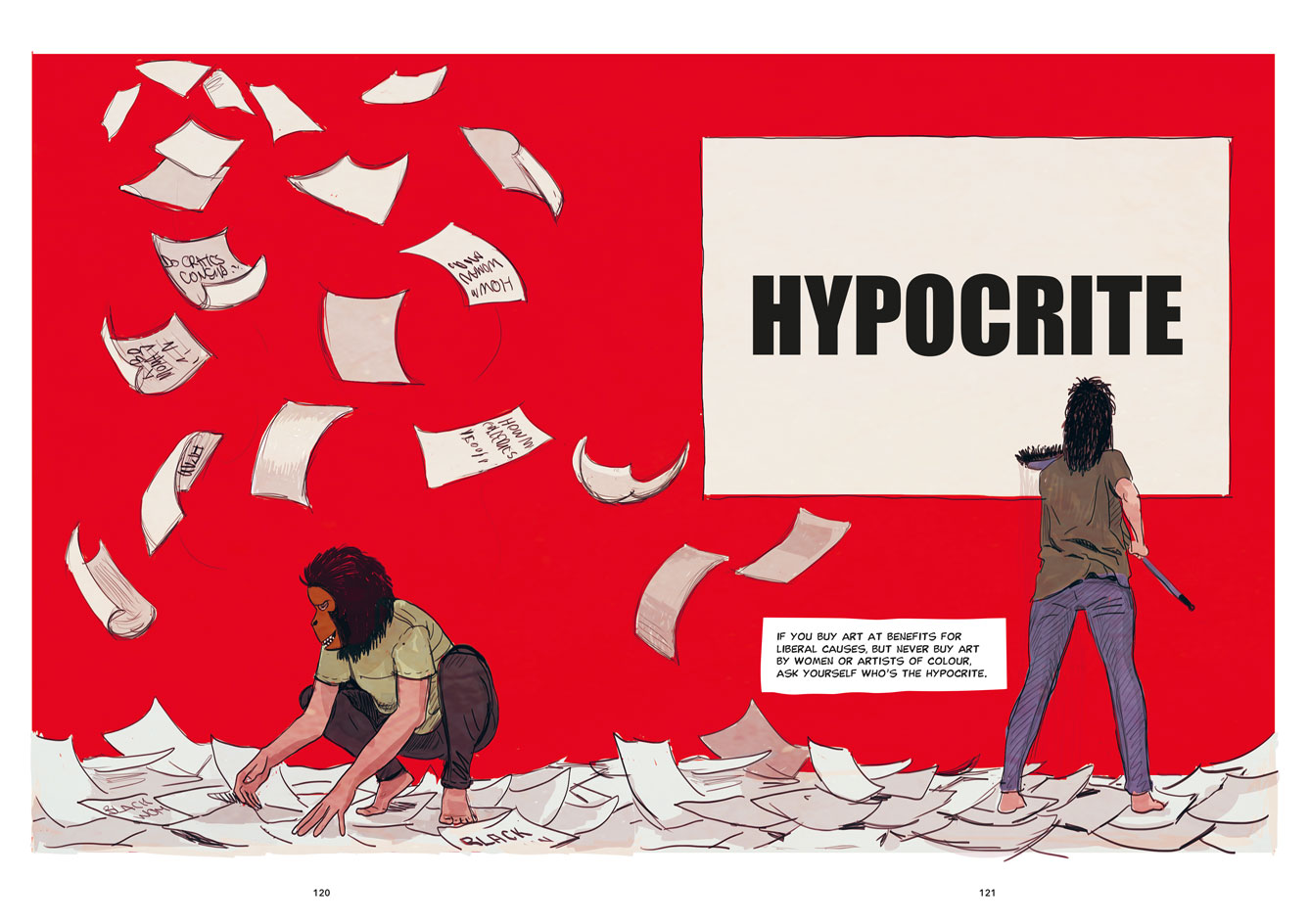
But during this time – with a few key exceptions, including Frida Kahlo – the majority of woman-made artwork did not portray ‘feminist’ themes, and many female artists struggled to ‘de-gender’ their work and find a seat at the male-dominated art table.
This all changed in the 1960s and 1970s with the second wave of feminist art. Progressive ideas emerged as society came to terms with a new ideology that placed value on the role of women in art. Instead of objects of the male gaze, women’s bodies could be tools to challenge the patriarchy.
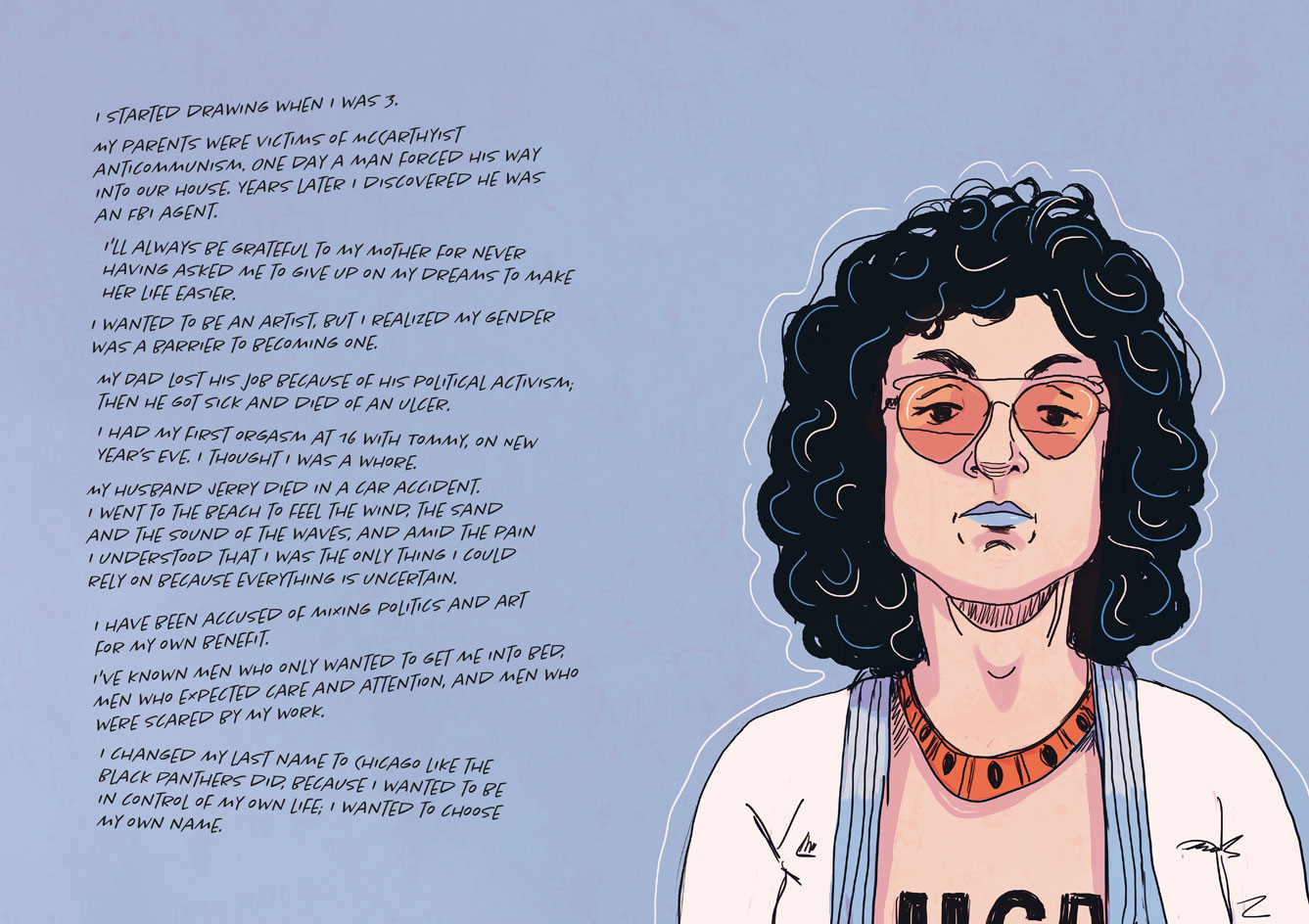
Within the book – created by Valentina Grande and Eva Rosetti and published by Laurence King – each artist featured represents one of the four pillars of the movement. Judy Chicago – the artist behind The Dinner Party (1979), widely deemed the first epic feminist artwork – made us reassess the female body, sexuality and championed a new wave of female empowerment.
Receive our daily digest of inspiration, escapism and design stories from around the world direct to your inbox.
Faith Ringgold, known for vibrant quilts confronting everyday racism, taught us that feminism should be universally accessible. Through performative works, Ana Mendieta used her body to confront violence against women, while anonymous art collective Guerrilla Girls continues to challenge male-dominated institutions through provocative, often public interventions.
The fight for equality is a long road and one that the world continues to navigate. The Women Who Changed Art Forever narrates this unfinished story with an accessible and vibrant approach, told through the art of four pioneers that tirelessly paved, and continue to pave, the way to a more equal art world.

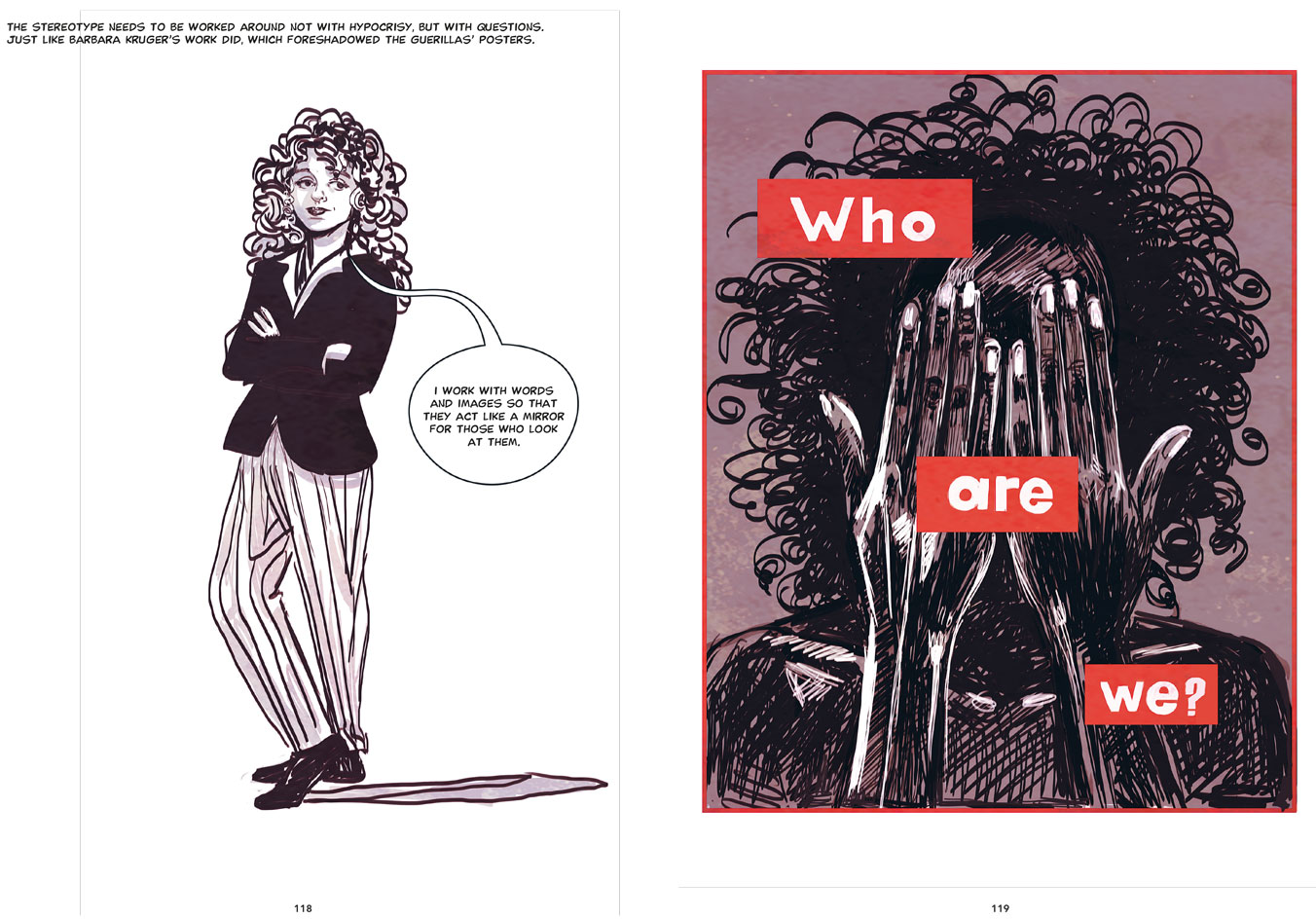
INFORMATION
The Women Who Changed Art Forever: Feminist Art – The Graphic Novel, by Valentina Grande and Eva Rosetti, published by Laurence King, £14.99, hardback, available from 26 August 2021, laurenceking.com
Harriet Lloyd-Smith was the Arts Editor of Wallpaper*, responsible for the art pages across digital and print, including profiles, exhibition reviews, and contemporary art collaborations. She started at Wallpaper* in 2017 and has written for leading contemporary art publications, auction houses and arts charities, and lectured on review writing and art journalism. When she’s not writing about art, she’s making her own.
-
 Aesthetics and acoustics come together in the Braque speakers from Nocs Design
Aesthetics and acoustics come together in the Braque speakers from Nocs DesignThe Braque speakers bring the art of noise, sitting atop a brushed steel cube that wouldn’t look out of place in a contemporary gallery
-
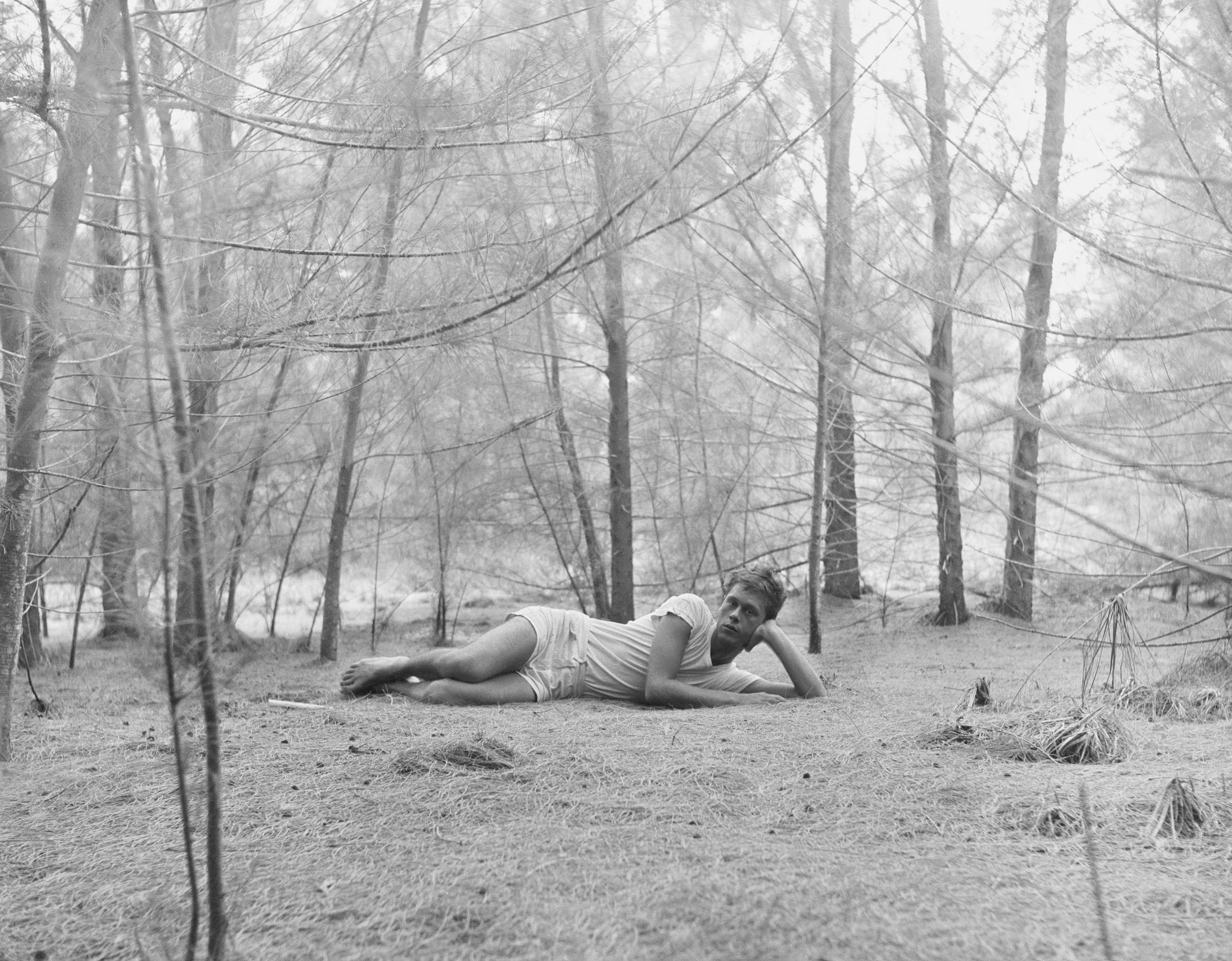 Inside the seductive and mischievous relationship between Paul Thek and Peter Hujar
Inside the seductive and mischievous relationship between Paul Thek and Peter HujarUntil now, little has been known about the deep friendship between artist Thek and photographer Hujar, something set to change with the release of their previously unpublished letters and photographs
-
 In addition to brutalist buildings, Alison Smithson designed some of the most creative Christmas cards we've seen
In addition to brutalist buildings, Alison Smithson designed some of the most creative Christmas cards we've seenThe architect’s collection of season’s greetings is on show at the Roca London Gallery, just in time for the holidays
-
 Inside the seductive and mischievous relationship between Paul Thek and Peter Hujar
Inside the seductive and mischievous relationship between Paul Thek and Peter HujarUntil now, little has been known about the deep friendship between artist Thek and photographer Hujar, something set to change with the release of their previously unpublished letters and photographs
-
 Nadia Lee Cohen distils a distant American memory into an unflinching new photo book
Nadia Lee Cohen distils a distant American memory into an unflinching new photo book‘Holy Ohio’ documents the British photographer and filmmaker’s personal journey as she reconnects with distant family and her earliest American memories
-
 Out of office: The Wallpaper* editors’ picks of the week
Out of office: The Wallpaper* editors’ picks of the weekThe rain is falling, the nights are closing in, and it’s still a bit too early to get excited for Christmas, but this week, the Wallpaper* team brought warmth to the gloom with cosy interiors, good books, and a Hebridean dram
-
 Inside Davé, Polaroids from a little-known Paris hotspot where the A-list played
Inside Davé, Polaroids from a little-known Paris hotspot where the A-list playedChinese restaurant Davé drew in A-list celebrities for three decades. What happened behind closed doors? A new book of Polaroids looks back
-
 Inside the process of creating the one-of-a-kind book edition gifted to the Booker Prize shortlisted authors
Inside the process of creating the one-of-a-kind book edition gifted to the Booker Prize shortlisted authorsFor over 30 years each work on the Booker Prize shortlist are assigned an artisan bookbinder to produce a one-off edition for the author. We meet one of the artists behind this year’s creations
-
 Out of office: The Wallpaper* editors’ picks of the week
Out of office: The Wallpaper* editors’ picks of the weekThis week, the Wallpaper* editors curated a diverse mix of experiences, from meeting diamond entrepreneurs and exploring perfume exhibitions to indulging in the the spectacle of a Middle Eastern Christmas
-
 14 of the best new books for music buffs
14 of the best new books for music buffsFrom music-making tech to NME cover stars, portable turntables and the story behind industry legends – new books about the culture and craft of recorded sound
-
 Jamel Shabazz’s photographs are a love letter to Prospect Park
Jamel Shabazz’s photographs are a love letter to Prospect ParkIn a new book, ‘Prospect Park: Photographs of a Brooklyn Oasis, 1980 to 2025’, Jamel Shabazz discovers a warmer side of human nature